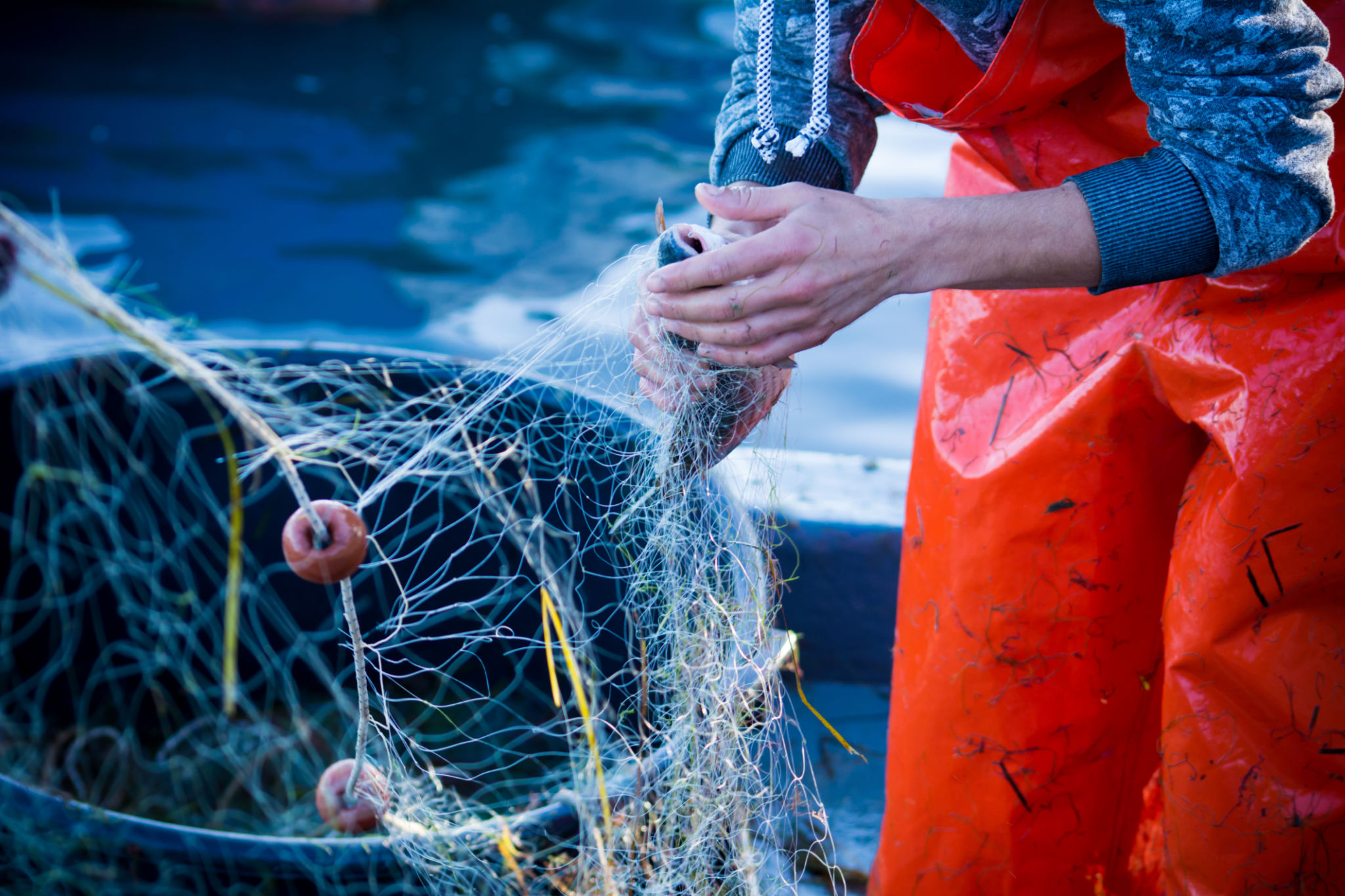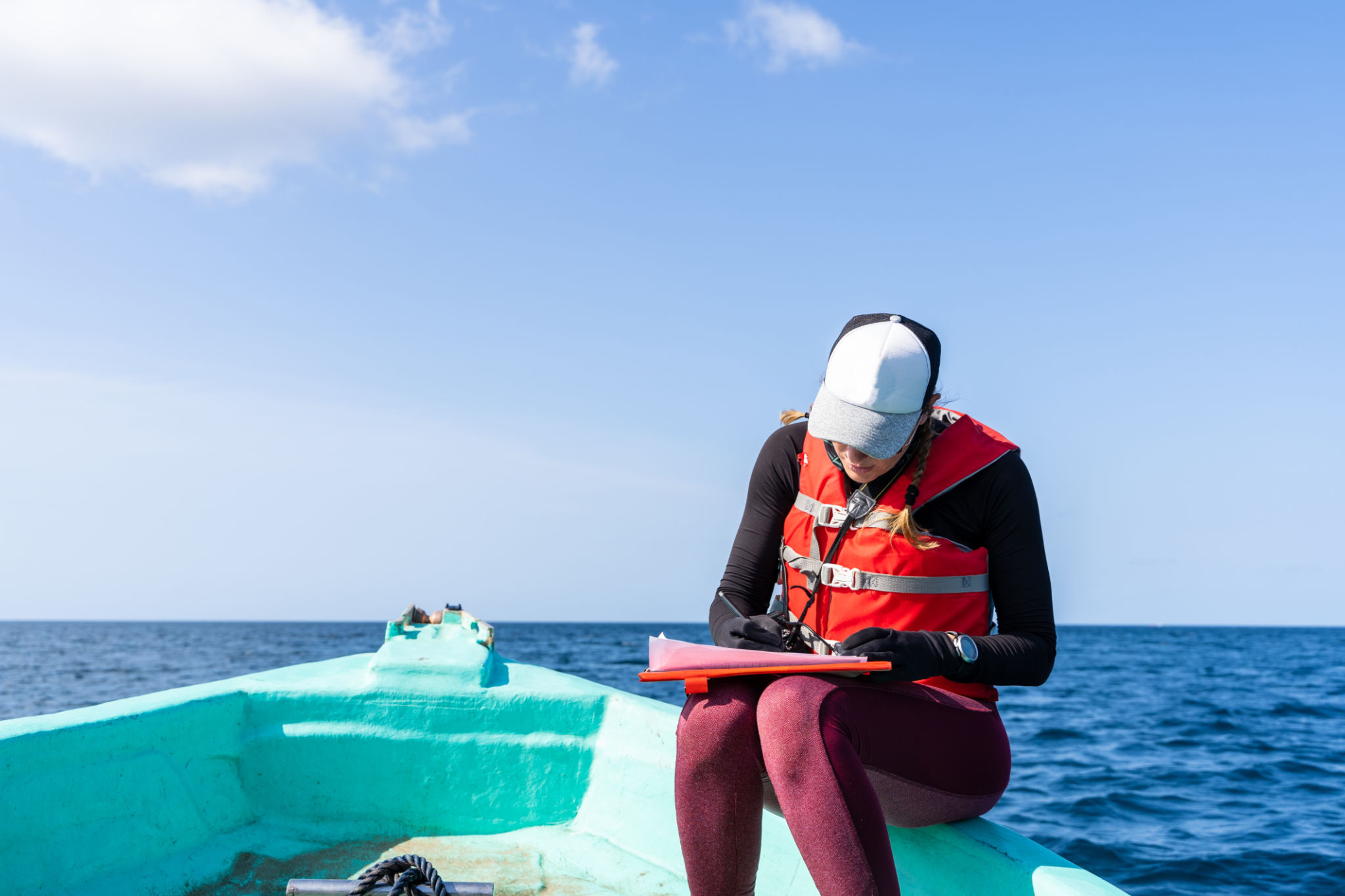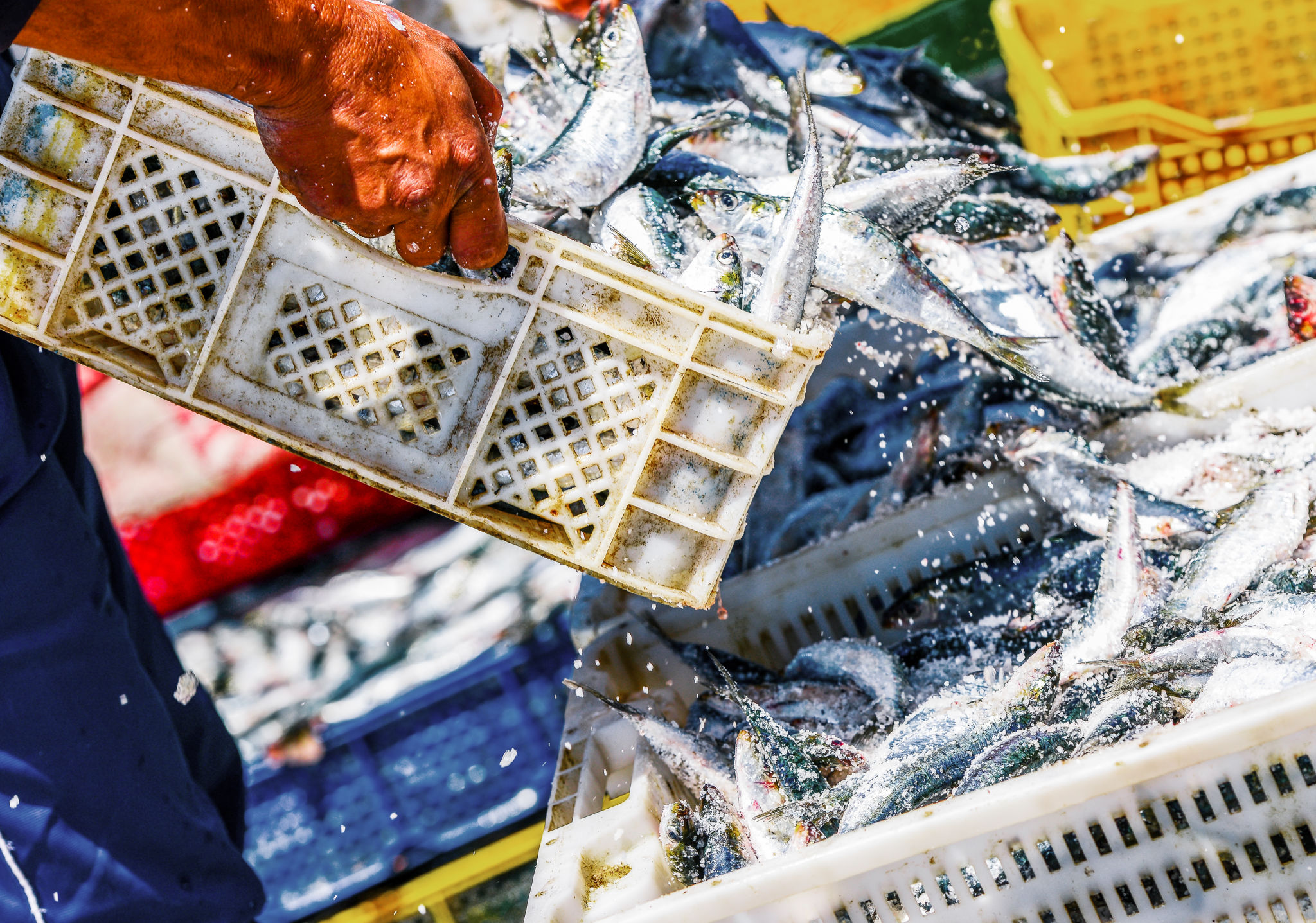Exploring the Benefits of Sustainable Fishing Practices
Understanding Sustainable Fishing Practices
Sustainable fishing practices are essential for maintaining the delicate balance of marine ecosystems. These methods ensure that fish populations remain healthy and abundant, providing long-term benefits to both the environment and the economy. By implementing sustainable techniques, we can protect marine life from overfishing and preserve the natural resources that many communities depend on.
One of the key principles of sustainable fishing is to avoid capturing fish faster than they can reproduce. This approach helps maintain fish populations at a healthy level, preventing depletion and ensuring future generations can enjoy the same marine biodiversity we do today.

Economic Benefits of Sustainable Fishing
Embracing sustainable fishing practices not only benefits the environment but also offers significant economic advantages. By maintaining fish populations, we can ensure the continued availability of seafood, which is a crucial source of income for many coastal communities. Fishermen who adopt sustainable methods often find that their catches are more stable and profitable over time.
Moreover, sustainable fishing can open up new markets. Consumers are increasingly seeking out sustainably sourced seafood, and businesses that can meet this demand often enjoy a competitive edge. By promoting eco-friendly practices, fisheries can enhance their reputation and attract environmentally conscious customers.
Environmental Impact and Conservation
The environmental impact of sustainable fishing is profound. These practices help protect marine habitats and biodiversity, ensuring that ecosystems remain robust and resilient. By avoiding damage to the ocean floor and reducing bycatch (the capture of unintended species), sustainable fishing preserves the intricate web of marine life.

Conservation efforts also play a vital role in sustainable fishing. Marine Protected Areas (MPAs), for example, are designated zones where fishing is restricted or prohibited. These areas serve as safe havens for marine life, allowing ecosystems to recover and thrive without human interference.
Technological Advancements in Sustainable Fishing
Technology has become an invaluable ally in promoting sustainable fishing practices. Innovations such as satellite tracking, sonar technology, and advanced nets help fishermen target specific species while minimizing bycatch. These tools enable better monitoring and management of fish stocks, ensuring that fishing activities remain within sustainable limits.
In addition to improving efficiency, technology also facilitates data collection and analysis. This information is crucial for setting fishing quotas and developing strategies to protect vulnerable species. By harnessing technological advancements, we can create a more sustainable future for our oceans.
The Role of Policy and Regulation
Government policies and regulations play a critical role in supporting sustainable fishing practices. Effective management frameworks establish clear guidelines for fisheries, ensuring compliance with sustainability standards. These regulations often include measures such as catch limits, gear restrictions, and seasonal closures to protect fish populations.

International cooperation is also essential in managing shared marine resources. Cross-border agreements and treaties help coordinate efforts to combat illegal fishing and promote best practices worldwide. By working together, countries can ensure the long-term health of global fish stocks.
Community Engagement and Education
Community engagement is another crucial aspect of sustainable fishing. Educating local communities about the benefits of sustainable practices fosters a sense of stewardship for marine resources. Programs that involve fishermen, consumers, and policymakers encourage collaboration and knowledge sharing.
Public awareness campaigns can also drive change by highlighting the importance of choosing sustainably sourced seafood. By making informed decisions at the supermarket or restaurant, consumers can support fisheries that prioritize sustainability, creating a ripple effect throughout the industry.
Conclusion
Sustainable fishing practices are vital for preserving our oceans' health and productivity. By embracing these methods, we can protect marine ecosystems, bolster economies, and ensure food security for future generations. The journey toward sustainability requires cooperation between governments, industries, communities, and individuals. Together, we can create a thriving marine environment that benefits us all.
